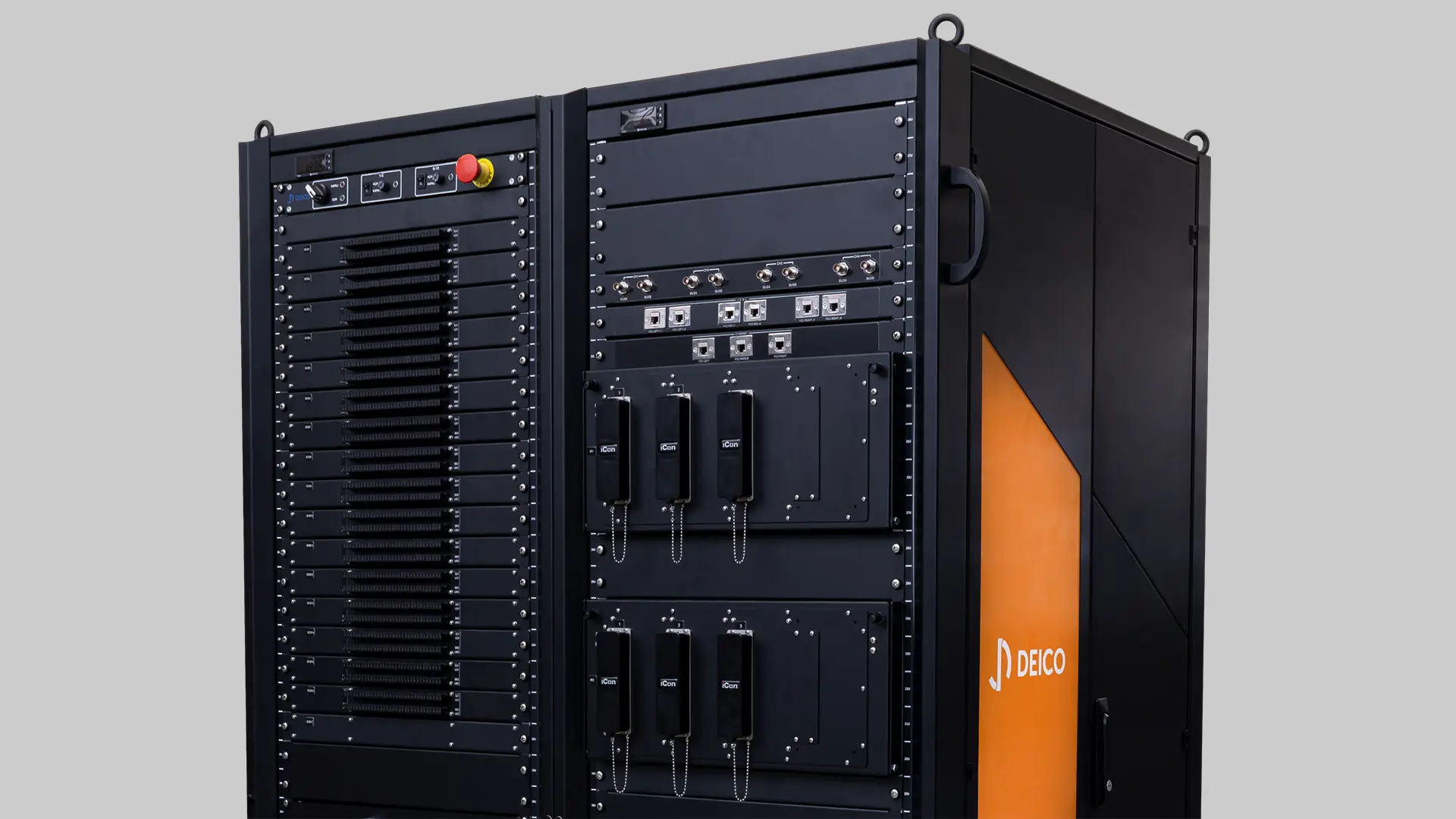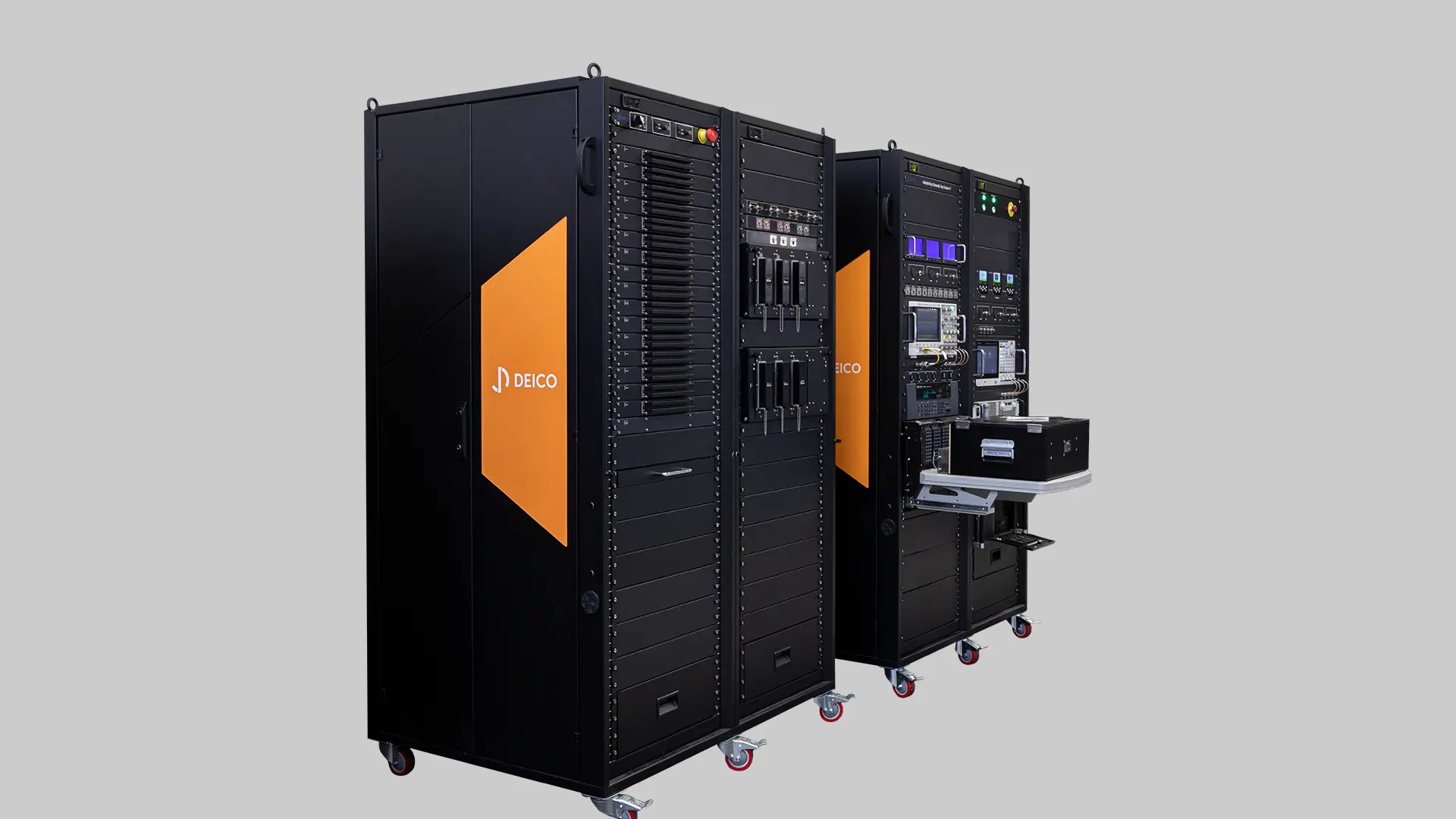Project Overview
Project Objective
The primary objective is to validate the safety and performance of the jet trainer’s FCU by simulating high-risk scenarios in a lab environment, which cannot be safely tested during actual flight operations.
Target Platform and Industry
- Flight Control Units (FCUs), mission computers, and other critical avionics for military and civilian fixed-wing aircraft.
- Aerospace & defense industry
Scope and Functionality
This project tests the physical FCU by connecting it to a real-time simulation, allowing for the safe verification of its performance under hazardous flight conditions.

Technical Specifications
System Capabilities
-
Simulates the complete flight environment in real-time, including aircraft dynamics and systems.
- Injects a wide variety of electrical faults on any I/O channel to validate the unit’s safety-critical responses.
- Supports full simulation and monitoring of avionics buses, including MIL-STD-1553B, ARINC429, and CAN.
- Simulates and measures diverse analog and discrete signals, including VDT, RTD, Solenoid, and PWM.
- Conditions all I/O to precisely match the electrical characteristics of the real aircraft.
- Features a mass interconnect interface for fast, reliable, and repeatable connections to the unit under test (UUT).
- Includes automated self-test and self-calibration to ensure test system accuracy and reliability.
- Provides an intuitive graphical user interface (GUI) for test automation, monitoring, and analysis.
Standards, Protocols, and Compatibility
PXI & SLSC Modular Architecture, MIL-STD-1553 Interface Support, ARINC 429 Data Bus Simulation, CAN Bus Communication & Diagnostics, RS-422 Serial Communication Protocol
DEICO Modules Used
-
SLSC modules (DE9001, DE9101)
- 1553 Buscoupler
- Breakout box
Project Value and Impact
Why This Project Matters
This project is crucial because it guarantees the safety of the aircraft’s flight control system by testing it against hazardous scenarios that are impossible to replicate in the real world.
Customer and Industry Benefits
The system significantly accelerated the development and certification timeline, drastically reducing the high costs and risks associated with physical flight testing.
